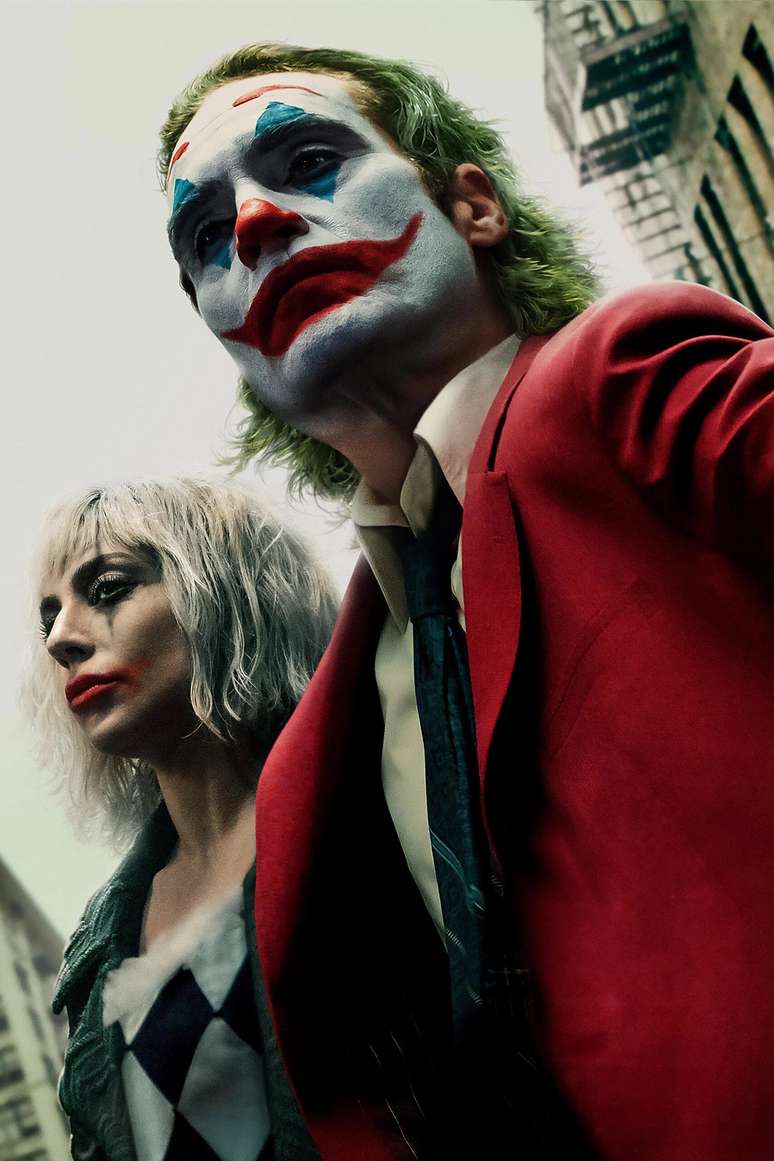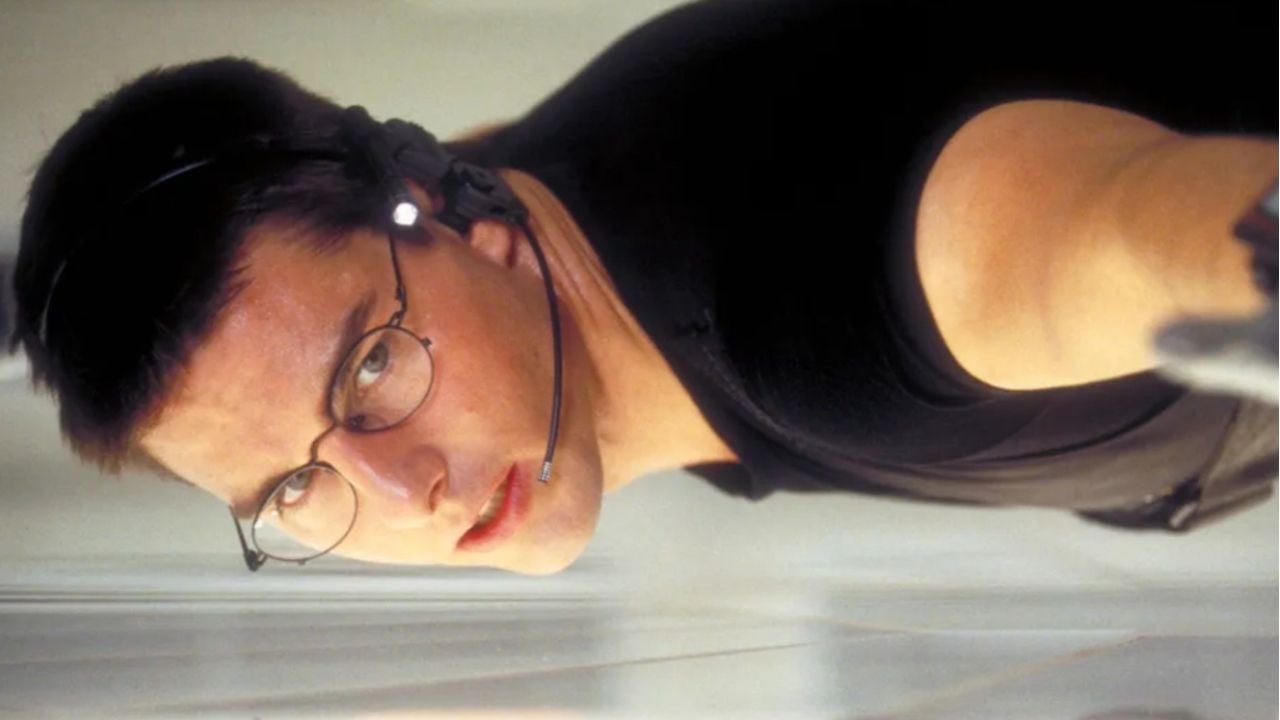The release of the “Joker” sequel monopolizes screens and reduces alternative options this week
“Joker: Delirium for Two” is the big release this Thursday (10/3) in theaters. Continuing the success of “Joker,” which surpassed $1 billion at the box office in 2019, the Warner Bros. production arrives with great expectations from the trade show circuit. Reflecting the bet, the week has the smallest offering of alternative releases of the year. In addition to the comic book villain character, the release schedule lists only three other films, with more artistic than popular appeal, which has reduced competition for screens and favors a successful performance. However, the film may not be what the market expects.
JOKER: DELIRIUM FOR TWO
The sequel to the 2019 film, which won the Oscar for best actor for Joaquin Phoenix, gains the addition of Lady Gaga and many songs, but loses the impact that turned the first feature into a modern classic. The production is a “jukebox” musical, a genre in which the cast usually sings several popular songs, as in “Mamma Mia” and “Moulin Rouge.” While the story practically confines the protagonist to two environments, a cell and a court, where a jury evaluates his mental aptitude, the songs become moments of fantasy that free him for a few moments, taking him with his imagination away from realistic environments.
Some of the musical numbers are duets with Lady Gaga, who plays Lee, an Arkham Asylum patient in love with the murderous clown alter ego Arthur Fleck/Joker. Lee is clearly a version of the character Harley Quinn, who was characterized by Margot Robbie’s portrayal in cinema. And anyone expecting a performance at the same level as Robbie might be disappointed. Gaga is a silent and attentive presence, which emerges only in musical scenes, especially during the performance of “Close to You”, by the Carpenters, which the singer reinvents as a hymn to romantic obsession. However, none of the interludes are staged with the wild imagination one would expect from Joker and Harley Quinn. Additionally, instead of moving the story forward like songs in typical musicals, the songs slow down the narrative, which is already slow to begin with.
Comic book fans will appreciate the detail that Gotham’s district attorney is Harvey Dent, before transforming into the villain Two-Face. But that doesn’t make the long debate in the chamber any less boring. Everything becomes frustrating after the great uproar at the end of the first feature becomes a verb (joker) and a metaphor (the red pill and the incel revolt of the far right). It’s like it’s director Todd Phillips’ revenge for the way “Joker” was perceived. He basically deconstructs the character, dedicating himself to proving that Arthur Fleck is not an incendiary political leader, but a self-centered coward who disappoints everyone around him. It’s still a bold approach with relevant subtext, especially during an election period, about how taking messianic figures seriously can turn followers into jokes. The detail is that the “moral lesson” is directed at the audience itself. But if the audience becomes the butt of the joke, they may not laugh along and find the film boring.
MOTHER BOARD
The Brazilian animation, directed by Igor Bastos, is set in the near future in Minas Gerais. The plot revolves around Nadi, an android who, after obtaining citizenship, receives the right to adopt two children. This decision, however, generates great controversy when a sensationalist politician and digital influencer brings several controversies to light, using the case to gain popularity in his campaign for the presidency of the Senate. The story takes an unexpected turn when David, one of Nadi’s adopted sons, escapes and puts the android in front of a dilemma: keep his citizenship or inform the authorities of his escape. The narrative involves relevant social issues, advanced technological elements and typical landscapes of Minas Gerais, portrayed by the drawing.
The film is also notable for its visual style, which uses a mix of 2D and 3D animation techniques to portray its fictional future, preserving the aesthetics of the Brazilian countryside, creating a futuristic and visually unique Brazil.
UNTIL THE MUSIC STOPS
Co-produced between Brazil and Italy, the drama directed by Cristiane Oliveira (“The Father’s Woman”) follows the couple Chiara (Cibele Tedesco) and Alfredo (Hugo Lorensatti), descendants of Italians, married for 50 years in the mountains of Rio Grande do Sul .
After her last child leaves home, Chiara feels alone and the memory of a deceased son comes back to haunt her. She decides to follow Alfredo on his travels as a salesman in the mountain bodegas and ends up discovering his behaviors and habits that she didn’t know about, which expose the hypocrisy and undermine the relationship of trust in a marriage of many decades. Symbolic elements, such as a turtle the couple encounters and the repeated card games along the journey, reflect the wear and tear that arises in a long-term marriage. The director explores the concept of how small emotional fissures can lead to irreparable ruptures in relationships.
Much of the film is spoken in Talian, a dialect born from the mixing of Portuguese with the languages of Italian immigrants who settled in the southern region of Brazil in the 19th century.
BANEL & ADAMA
The drama, which had its world premiere at the 2023 Cannes Film Festival and was nominated by Senegal for the nomination for best international film at the 2025 Oscars, marks the arrival of a new voice in African cinema. Ramata-Toulaye Sy, screenwriter of “Sibel” (2018) and “Our Lady of the Nile” (2019), makes his directorial debut with the story of two young lovers, Banel (Khady Mane) and Adama (Mamadou Diallo), in the rural community of northern Senegal. Adama is next to become village chief after his brother’s sudden death. This tragedy binds him to a woman, Banel, originally his brother’s wife, who becomes his wife, in fulfillment of her “Muslim duty”.
Despite the circumstances of their marriage, the two seem madly in love and work to bring to light two houses on the edge of the village, abandoned and covered in sand. Banel dreams of using them to start a life independent of the city and family and tribal obligations. He pressures Adama to reject his role as leader and prevents him from participating in the group of elders’ prayers for rain. The rain still does not fall and the village is faced with the reality of having no leader to lead the prayers. The cattle begin to suffer, and Adama’s commitment to Banel’s plan for their lives is tested by his loyalty to a slowly vanishing village.
Co-produced by France, Mali and Senegal, the film is visually stunning, with cinematography that highlights the region’s beautiful landscapes and reinforces the feeling of isolation and suffocation experienced by Banel. The work has gained international prominence for its refined aesthetic and its insight into African social issues, exploring the tensions between individualism and the collective in a patriarchal society.
Source: Terra
Rose James is a Gossipify movie and series reviewer known for her in-depth analysis and unique perspective on the latest releases. With a background in film studies, she provides engaging and informative reviews, and keeps readers up to date with industry trends and emerging talents.







